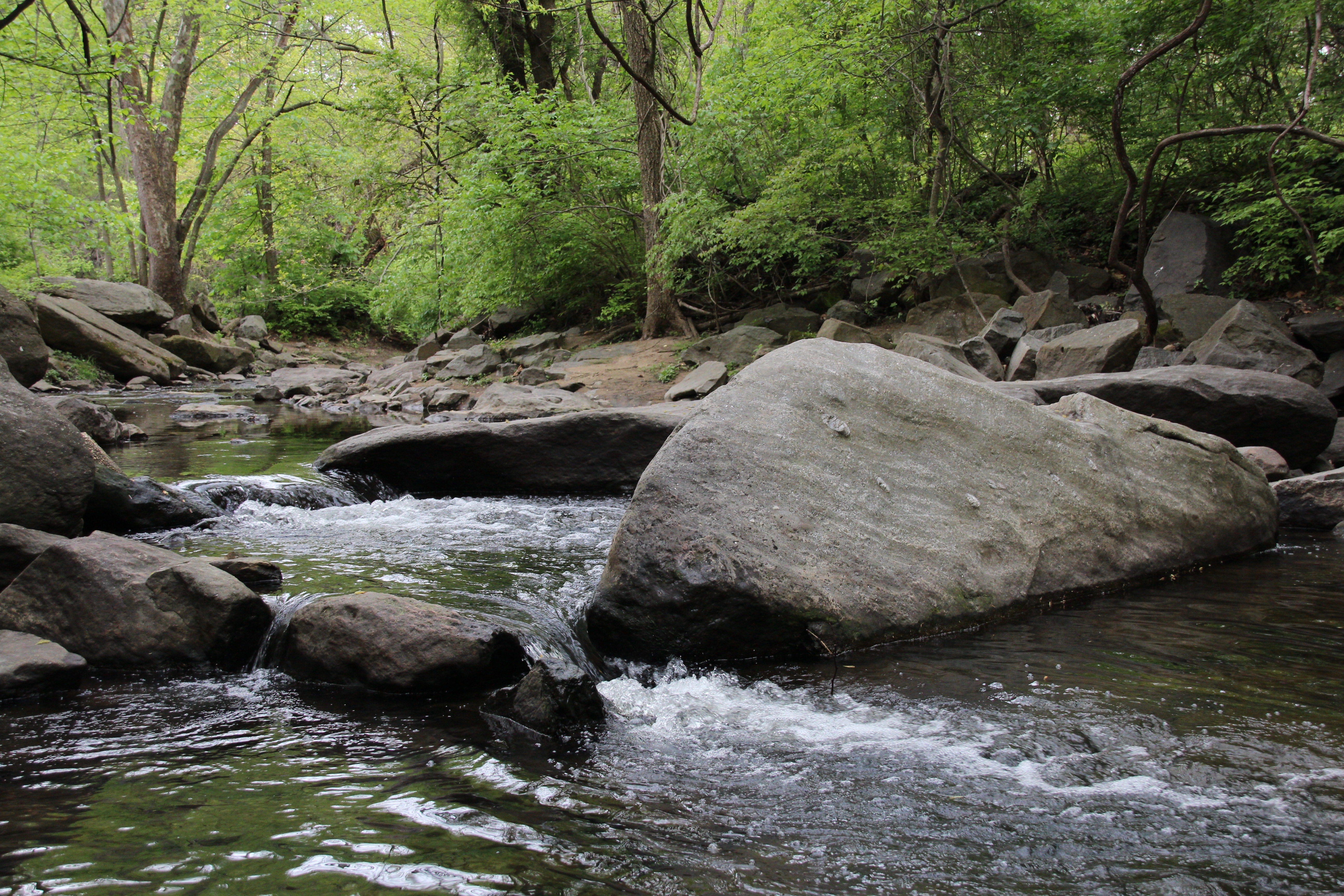The environmental impact of COVID-19 rests on our shoulders
Will our dramatic lifestyle changes have a prolonged influence on the world’s climate?
There is no doubt that the COVID-19 pandemic has disrupted our daily lives. Authorities implemented strict lockdowns protocols throughout China and India, leaving streets deserted. In Italy, the government is upholding the harshest travel restrictions since World War II. Worldwide, social distancing protocols are leaving flights on hold and keeping visits to tourist attractions sparse.
One silver lining in this dark situation seems to be the positive environmental impact of the travel bans. According to China’s Ministry of Ecology and Environment, emissions fell 25 percent in January and the proportion of days with “good quality air” was up 11.4 percent in comparison to the same duration of the previous year. In Italy, Spain and the UK, satellite images show that nitrogen dioxide (NO2) emissions are becoming less prominent. But is this shift sustainable?
If people maintain their lifestyle changes after lockdowns are lifted, they could help keep emissions low. Social experiments suggest that this is possible. A 2018 study at Zurich University of Applied Sciences in Switzerland revealed that when people were unable to drive, the amount of time they spent driving decreased when they got their cars back. A 2001 study at Kyoto University in Japan had similar results: when a major road closed, people switched to public transportation, and when the road reopened, drivers continued to choose public transportation on multiple occasions.
We can hope that quarantine introduces similar habits. Traveling less and cutting down on waste are both lifestyle changes that we should continue even after the pandemic ends. But the reality is that people will resume their commutes to work. Those who are cancelling vacations now are simply planning to take them later. Frequent flying is a large contributor to the carbon footprint, so carbon emissions could just as easily return.
The global financial crisis of 2008 mirrors the environmental consequences of such decisions and behaviors. Back then, carbon dioxide emissions fell by 1.4 percent, only to rise by 5.9 percent and reach an all-time high in 2010. However, the coronavirus crisis could pose greater harm on the environment because it is hindering the global community’s ability to counter the effects of climate change.
2020 was supposed to be a pivotal year for climate change efforts. The United Nations’ annual climate summit was supposed to take place in November, but has since been postponed to 2021. Leading up to the summit, 196 countries planned to release their plans to meet the emission reduction goals set by the 2015 Paris Agreement. Other international efforts relating to biodiversity and oceans are also stalled. The need to act on climate is urgent, but the inability to do so at this time makes matters more dire.
Overall, it’s unclear what the long-term environmental effects of isolation will be. One big factor is how long the pandemic lasts. Nonetheless, history shows us that both positive and negative outcomes could become a reality. The circumstances are in no way ideal, but making a positive long-term impact on the climate could be the silver lining we need.
Tags: environment COVID-19 quarantine
Shruti Chauhan. Hi, I'm Shruti and I'm a senior at Blair! Apart from writing for SCO, I enjoy playing tennis, biking, and watching Netflix. More »
Comments
No comments.
Please ensure that all comments are mature and responsible; they will go through moderation.
